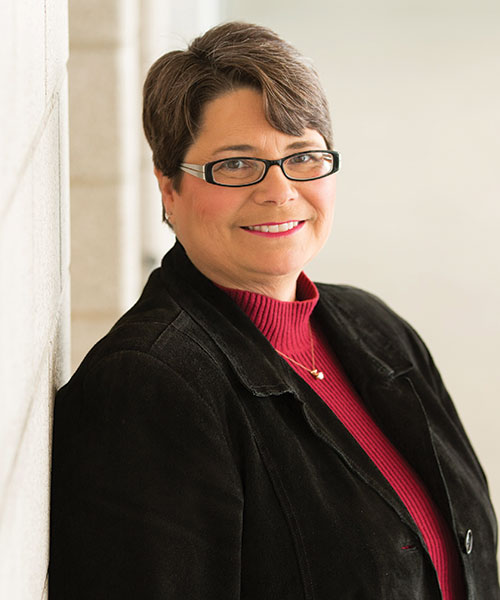Calling for a multidisciplinary, value-driven philosophy for systems engineering
Energy. Transportation. Civil infrastructure. Aerospace. These and many other large-scale, complex industries are critical to the security and prosperity of our nation. And they are in need of some serious attention.
That’s where Christina Bloebaum says she can make a difference. Bloebaum, the Dennis and Rebecca Muilenburg Professor of Aerospace Engineering at Iowa State, is investigating a new educational and technological framework to improve the way these systems and related products are developed.
 The implication of her work is a more efficient use of valuable resources, like time and money, while making an end product better suited for specific purposes.
The implication of her work is a more efficient use of valuable resources, like time and money, while making an end product better suited for specific purposes.
Her approach, which uses integrated research in social sciences and engineering, emphasizes a value-driven design process. This requires each decision to be tied back to a value function, such as maximizing profit or mission success, which is established at the beginning of a project.
“We also want to explore the use of serious games to enable research as well as educate the future workforce about how these complex products and systems are designed and delivered,” she adds. “Gamification offers an immensely powerful yet largely unexplored approach to enable a paradigm shift in practice, as well as training, in systems engineering.”
As the former NSF program director of both the engineering and systems design program and the system science program, Bloebaum has seen a need for this sort of research firsthand, noting the current approaches used aren’t keeping pace with technological advancements.
Her own accounts are supported by the National Academies’ Rising Above the Gathering Storm, Revisited report, which describes how America is falling behind on the technology front and suggests that drastic measures need to be taken.
Bloebaum knows a change in systems engineering at the highest of levels involves a lot of different ideas coming together. Her experience with informed decision support through work on multidisciplinary design optimization will prove useful. And she’s gathering other ideas through interdisciplinary research teams coordinated to pursue grants related to her overarching idea.
“There are so many different components that need to be addressed in what we are proposing to do—from what type of widget to use to how communication flows through organizations—and we need to analyze a great deal of information to determine what changes can have the biggest impact,” she says.
Visualization technology will help support the process. She has used the technology to capture decisions made by end users of a complex product as well as to provide a representation of how the systems engineering process flows, identifying how changes in one area affect other areas.
Because her framework will mean altering long-standing processes, Bloebaum wants to provide demonstrations of success by partnering with larger agencies, such as NASA.
“Once we can prove we have a low-risk, incredibly high pay-off proposition, we can show others the benefits of our approach,” she says. “Along the way, students will have learned this framework through our educational outreach, and the result is a self-sustaining solution to a serious problem.”